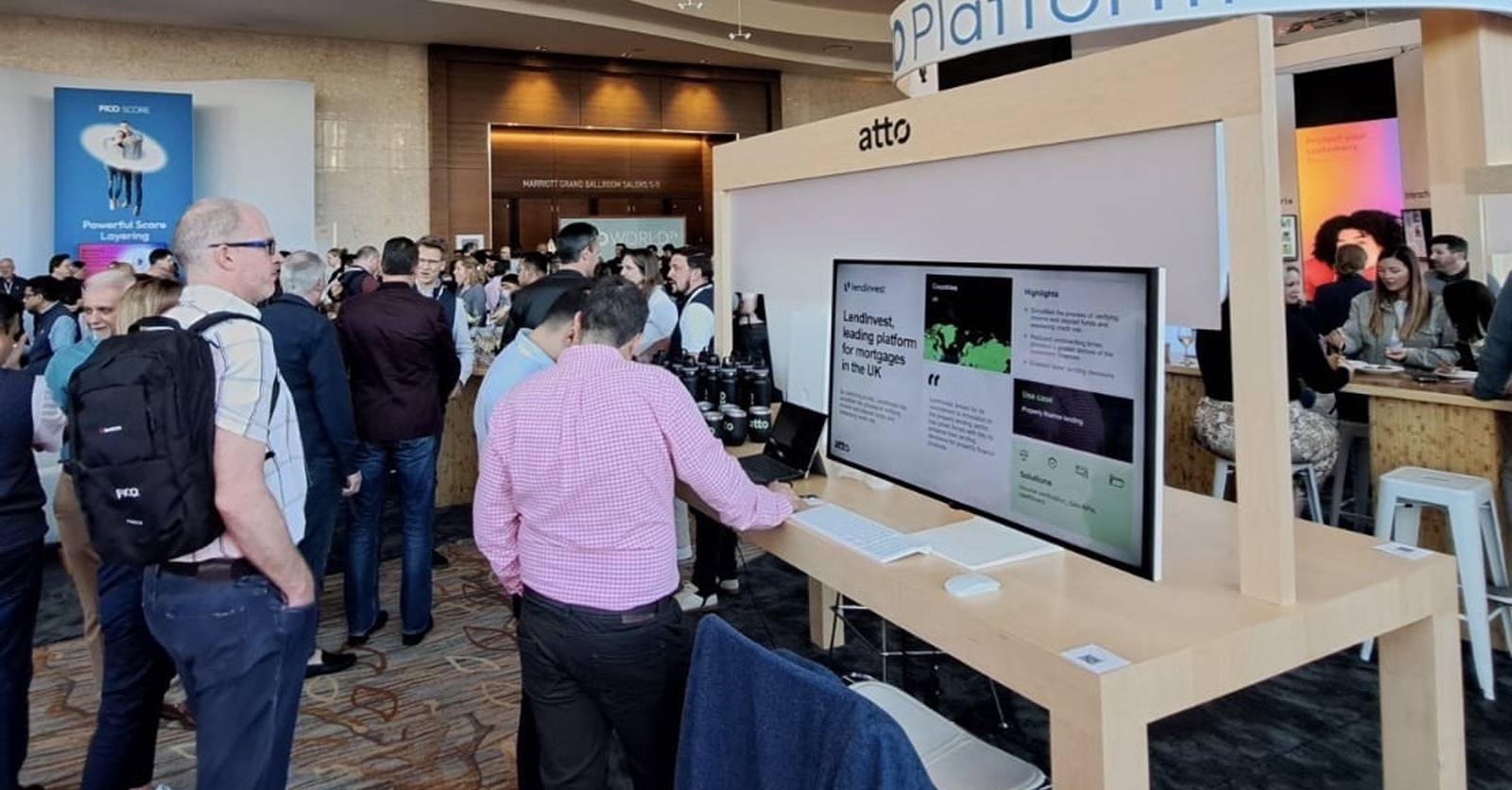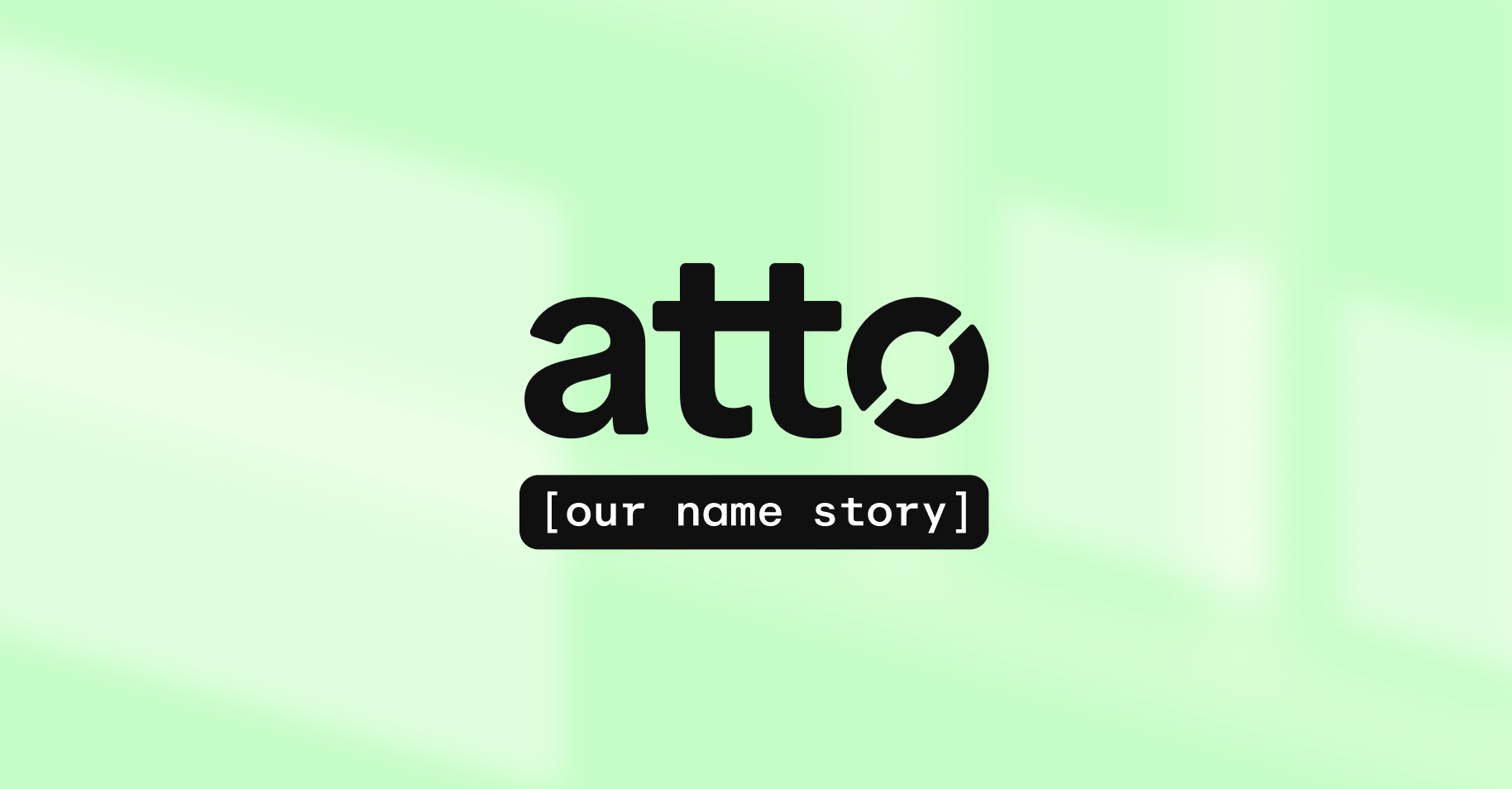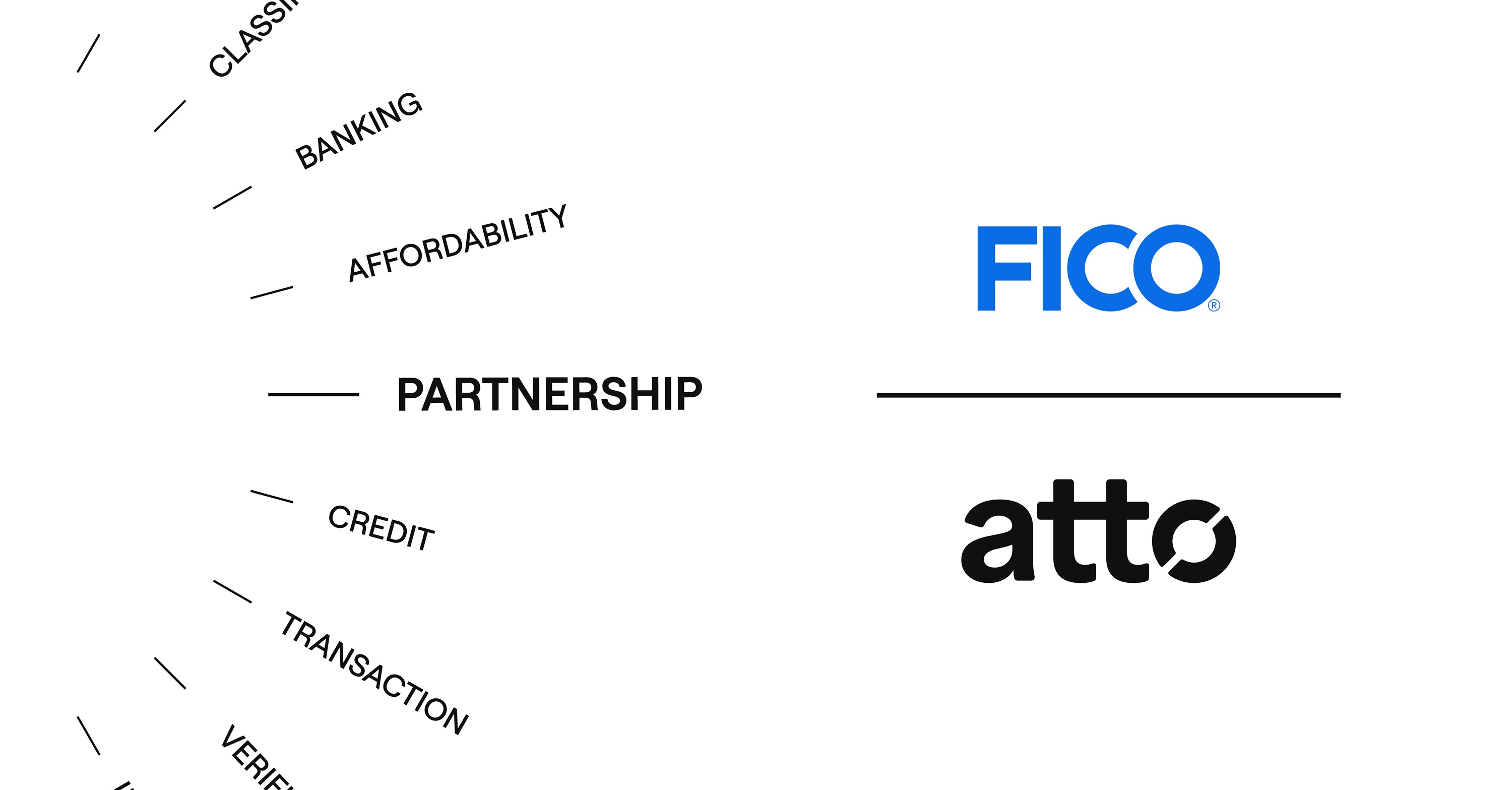Welcome to the Frictionless Finance Report, our monthly look at everything new in the world of Open Banking, FinTech, and consumer experience. If you’d like to receive this in your inbox, fill in the form at the bottom of the page. This month we examine whether there is sustained momentum for the move to Open Finance, progress on the CDR in Australia, and whether banks have come through the Covid pandemic unscathed.
Open banking
As we take stock of a frantic year that despite restrictions imposed upon all of us has passed at an almost breakneck speed, the conversation around Open Banking continues unabated. Many of the key pieces of reading that we will look at and have been published over the last month examine many of the same topics that we have looked at time and again on these pages. These include:
- How to derive real value from Open Banking
- What are the blockers to consumer adoption?
- The move from Open Banking to Open Finance
- The different use cases for Open Banking
The shift from Open Banking to Open Finance is a pronounced gear shift. As we will see below, however, one that consumers in Australia are beginning to make as we speak.
City AM kick things off for us this month, as they take a look at how Open Finance might look in the UK, and what the blockers are. The article poses us several questions, with many still to be answered. Would it be mandated? How are consumers to be encouraged to engage with financial services? Is the infrastructure in place?
The last word though, should go OBIE Trustee, Imran Gulamhuseinwala, who is interviewed for the article and says:
Customer engagement is what regulators really see as the Holy Grail of financial services – that you solve a lot of problems around competition and innovation when you get people to engage. And it’s really hard to engage with financial services. But if you make it easy for people – and that’s what open finance is intended to do, and it’s what open banking has demonstrated that you can do – then people will actually engage. So that’s the gold medal outcome of open finance.

Finextra describe Open Finance as:
An integrated marketplace with specialised roles for each participant, enabling a seamless exchange of data and services, and improving the customer experience and expediting product innovation.
They pose the question that some may see Open Finance as more of a compliance exercise and fail to derive value from it, or whether indeed, banks are already looking past Open Banking to see where they may be able to benefit from Open Finance. They go on to argue that having the correct architecture, including cloud based technology will be a key component to building unified APIs at scale and speed.
Open banking support
As we know, the pandemic has thrown up all manner of different ways in which Open Banking can support companies across the spectrum. This month there have been calls for SMEs to both utilise, and begin to feel the benefit of Open Banking. Both the Fintech Times and P2P Finance News cover stories on how Open Banking can help small businesses manage their cashflow. It is worth quoting the Fintech Times at length:
Combined with a more holistic view of their finances, this means that SMEs will be able to ‘shop around’ for better deals on their financial products and services. Moreover, thanks to Open Banking, the application process which precedes ‘shopping around’ only needs to be filled in once – an enormous time saving compared to traditionally filling in an application for every prospective provider. With the administrative burden of traditional loan processes reduced, SMEs will have more time for better informed strategic decision-making, and for focusing on adding value across the business.
Open banking strife
This month, three articles caught our eye that call into question the progress made by Open Banking over the last three years. Bobsguide, Finextra and Raconteur all have pieces that call into question whether bank customers are aware of what can be done with Open Banking, and whether there are any calls for products that require bank data.
Bobsguide focus on the potential cost implications of using Open Banking services, Finextra look at whether the products being designed and brought to market have a real consumer need behind them, while Raconteur ask whether banks have sufficiently embraced Open Banking to make it work.

Open banking abroad
This month as we collate the biggest Open Banking new from around the globe, all the big news is coming out of Australia, with news on the Consumer Data Rights.
Australia
The next stage of the Consumer Data Rights (CDR) legislation has gone live in Australia. This legislation, which incorporates Open Banking, now means that consumers of the four biggest banks in Australia can incorporate mortgage and home loans within Open Banking. Until now, only current account data and savings was incorporated into the CDR.
Customers of banks outwith of the big four will need to wait until July next year before other banks are brought into the Open Banking regime.
News via Mortgage Business and Crowdfund Insider
Separately, a new report into the progress made by Open Banking since launching has been released. Consumer education of Open Banking was deemed to be the biggest pitfall. Respondees were otherwise positive in their thinking towards Open Banking, with 78% saying they were familiar with CDR, and 71% saying they intend to make use of it.
News via itech news

Finance
The winners and losers from the global pandemic are still being tabulated, and will not be known from some time to come. However, with vaccines being readied, there is the possibility that some type of normality may break through early next year.
As we survey the scene from the dying embers of 2020, it looks very much like both the finance sector and consumers have been hit very hard indeed – with large caveats in place for some sections of society such as office workers who have been afforded the opportunity to work from home.
Bank dividends
Over the summer month’s it was decided, quite appropriately, that major banks would stop paying out their dividends to shareholders. As a return to a more normal situation starts to loom on the horizon, some have begun to ask whether now is the time resumption of such payments. In conflicting opinion pieces in the FT [paywall], the Basel Committee of regulators has said it is too early for banks to once again paying dividends. In his article however, Simon Stevens disagrees, arguing that the plunge in share price of major European banks has made it difficult for them to raise fresh capital.
One of the outcomes of Coronavirus is the rise in quantitive easing and the subsequent deflationary measures are that interest rates are at an all-time low; hovering just over 0% as they are. With some countries moving towards implementing negative rates, the prospect of the Bank of England introducing negative rates in the UK has been mooted. This could potentially result in savers having to pay for the privilege of banking with their provider.
News via This is Money
Credit Strategy have highlighted the plight that the population has faced over the last eight months, with the news that personal insolvencies have risen 60% from September to October this year.
Louise Brittain, restructuring and insolvency partner at Azets, said:
The October insolvency numbers suggest that UK households are at increasing risk from carrying higher levels of personal debt. This is perhaps no surprise given the economic impact of the pandemic but it’s only likely to get more difficult as the expected levels of unemployment increases into the early part of next year.

Banking on children
Banks and FinTech’s have begun to consider how they prepare for the next generation of customers and have begun to offer intuitive apps for children to save their money. A range of new options from JP Morgan, Starling Bank and others have started to teach children about the value of money. Many charge a monthly fee, and by starting children with a certain provider significantly increases the chances that they will bank with that provider as an adult, indicating that this could be a long-term savvy commercial move from those that get it right.
News via Reuters
Fraudulent bounce back applications
The FT have commented on the apparent volume of suspected fraud aimed at the Government’s bounce back loan scheme, designed to help businesses weather their way through the pandemic. According to the FT [paywall], £1.1 billion worth of fraudulent applications were identified by investigators. The British Business Bank identified almost 27,000 fraudulent applications since the scheme opened in May.
FinTech
As we move into the winter months, FinTech companies will be taking stock on what has been a hectic year. The global pandemic and associated fallout has meant that the need for effective collaboration with banks and other financial services players has never been more needed.
Now, analysts from FT partners have crunched the numbers and concluded that total investment in FinTech companies will be on a level similar for 2019 for the whole year. The total financing for FinTech companies in Q3 came in at $12 billion across the globe. Klarna and Robinhood were the two biggest winners over the last three months, raising $650m and $660m respectively.
Data from Dealroom data suggests that FinTech’s in Europe were funded to the tune of $1.7 billion during Q2 and $2.6 billion through Q3 of this year. Dealroom suggest the big winners have been across payments, insuretech and B2B Fintech’s.
Best of the rest in FinTech
- PwC have spun out their FinTech unit amidst regulatory scrutiny
- Bobsguide look at how FinTech’s are supporting SMEs in dire need of credit
- What is the future for FinTech in Scotland?

Atto news
Atto were delighted to announce a new partnership with Truststamp, an AI-powered authentication company dual headquartered in Atlanta (US) and Cheltenham (UK).

Trust Stamp’s facial biometric and document authentication solutions use advanced artificial intelligence algorithms to enhance risk management and data protection measures at the intersection of user experience, security and trust. Combing these capabilities with our own will allow us to launch a robust bank and document authentication solution backed by secure facial biometric matching.
We’ll be announcing more news on our joint endeavours in the months to follow.
📰 Since we last wrote, Atto CEO, James Varga has contributed to a plethora of online roundtable’s, articles, and industry webinars. One highlight came as a contributor to the webinar ‘Startup to Scaleup: How to market yourself effectively to make growth happen’ co-hosted by Copyhouse and FinTech Scotland.
🎙 James was joined by Mickael Paris from FinTech Scotland, Kathryn Strachan from Copy House, and James Taylor from Roaring Mouse PR, to discuss marketing strategies, ways to educate the market, and lessons learned along the way.
Separately, James featured in an article on FinTech Ecosystems in the UK written by i-CXO, an independent thought leader platform powered by Fujitsu. Featuring alongside Graeme Jones, CEO of Scottish Financial Enterprise and Stephen Ingledew, Executive Chairman of Fintech Scotland, you can read the article entitled ‘How disruption is accelerating co-creation across financial ecosystems’, on the i-CXO website.
💻 Following consultation from stakeholders, the Atto team thoroughly enjoyed hosting another industry webinar. This month we focussed on affordability, creditworthiness, and the profound benefits of using bank data to assess these respectively.
If you missed the opportunity to attend live, fear not, as you can watch the recording of the webinar ‘Affordability and Creditworthiness: The Engine of Real-Time Decision Making’.

Atto is recruiting! As the team and company grows, we're looking for a range of positions across our Commercial, Development and Customer Success teams. Find out more here.
That’s all for this week, and indeed this year. We’ll be taking December off, as we prepare for Santa’s arrival. We hope everyone enjoys a well-rested festive break after a challenging year.
Of course, we’ll be back in January 2021.
As ever, do let us know any thoughts or comments. We’re available through our social channels and on email – frictionlessfinance@theidco.com.




